CORS is really driving me crazy and I'm really out of ideas as of what to try to make it work.
I have created a simple APIG Api with 1 resource called 'abc' and added 2 methods GET and POST both with Authorization set to NONE and API Key Required set to false, everything deployed to a stage called 'dev'.
Of course I enabled CORS on both methods and I see the 3 headers Access-Control-Allow-Origin, Access-Control-Allow-Headers and Access-Control-Allow-Methods added to the OPTIONS method and the Access-Control-Allow-Origin added to the POST and GET methods.
Both calls are mapped to the same lambda function that simply outputs a 'Hello from Lambda' text to the console.
Then I have created a simple html page I hosted as a static website on S3, pointed a domain to it using Route53 and started testing the API using jQuery $.ajax to make the calls.
All seems easy, straightforward and exactly as explained in the docs, except only the GET works and outputs the text to the console as expected. The POST version results in the following error:
No 'Access-Control-Allow-Origin' header is present on the requested resource. Origin 'http://example.com' is therefore not allowed access. The response had HTTP status code 400.
The preflight call works and returns 200 OK and all headers are there, but the POST call returns that error and a 400 Bad Request.
Please any help is really appreciated, I hope the AWS team is watching too...
Thanks guys.
EDITED - Copied from Google Chrome:
POST Raw Request Headers:
POST /dev/urls HTTP/1.1
Host: kykul1mshe.execute-api.us-east-1.amazonaws.com
Connection: keep-alive
Content-Length: 73
Accept: application/json, text/javascript, */*; q=0.01
Origin: http://example.com
User-Agent: Mozilla/5.0 (Macintosh; Intel Mac OS X 10_10_5) AppleWebKit/537.36 (KHTML, like Gecko) Chrome/51.0.2704.103 Safari/537.36
Content-Type: application/json
Referer: http://example.com/dev.html
Accept-Encoding: gzip, deflate, br
Accept-Language: fr-FR,fr;q=0.8,en-US;q=0.6,en;q=0.4
POST Raw Response Headers:
HTTP/1.1 400 Bad Request
Date: Fri, 19 Aug 2016 02:14:16 GMT
Content-Type: application/json
Content-Length: 177
Connection: keep-alive
x-amzn-RequestId: a1160e45-65b2-11e6-9766-cd61e49fbcdb
X-Cache: Error from cloudfront
Via: 1.1 d64756b4df47ce24d6c62b5a8de97e87.cloudfront.net (CloudFront)
X-Amz-Cf-Id: N9mf7apicKbSM_MiZjePbEgZGIFKckWJ3lZljH8iHVKFVTcIIOQuHg==
This returns 400 Bad Request
OPTIONS Raw Request Headers:
Accept:*/*
Accept-Encoding:gzip, deflate, sdch, br
Accept-Language:fr-FR,fr;q=0.8,en-US;q=0.6,en;q=0.4
Access-Control-Request-Headers:accept, content-type
Access-Control-Request-Method:POST
Connection:keep-alive
Host:kykul1mshe.execute-api.us-east-1.amazonaws.com
Origin:http://example.com
Referer:http://example.com/dev.html
User-Agent:Mozilla/5.0 (Macintosh; Intel Mac OS X 10_10_5) AppleWebKit/537.36 (KHTML, like Gecko) Chrome/51.0.2704.103 Safari/537.36
OPTIONS Raw Response Headers:
Access-Control-Allow-Headers:Content-Type,X-Amz-Date,Authorization,X-Api-Key,Cache-Control,X-Requested-With
Access-Control-Allow-Methods:POST,OPTIONS
Access-Control-Allow-Origin:*
Connection:keep-alive
Content-Length:79
Content-Type:application/json
Date:Fri, 19 Aug 2016 02:14:16 GMT
Via:1.1 d64756b4df47ce24d6c62b5a8de97e87.cloudfront.net (CloudFront)
X-Amz-Cf-Id:KpGEDmIuf5RHcUnBWuA3oEMZgWHwrjy3SpLuOflRhAD8IIx5vyKGSw==
x-amzn-RequestId:a10bae11-65b2-11e6-bcf7-63b49c24629e
X-Cache:Miss from cloudfront
This returns 200 OK



